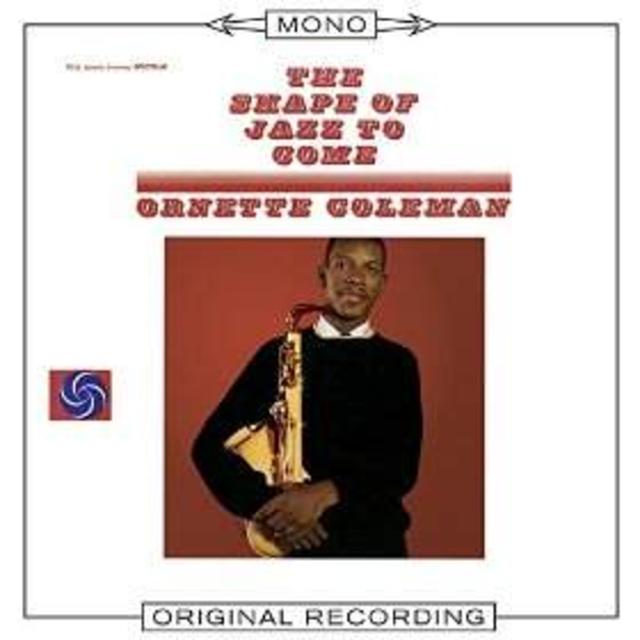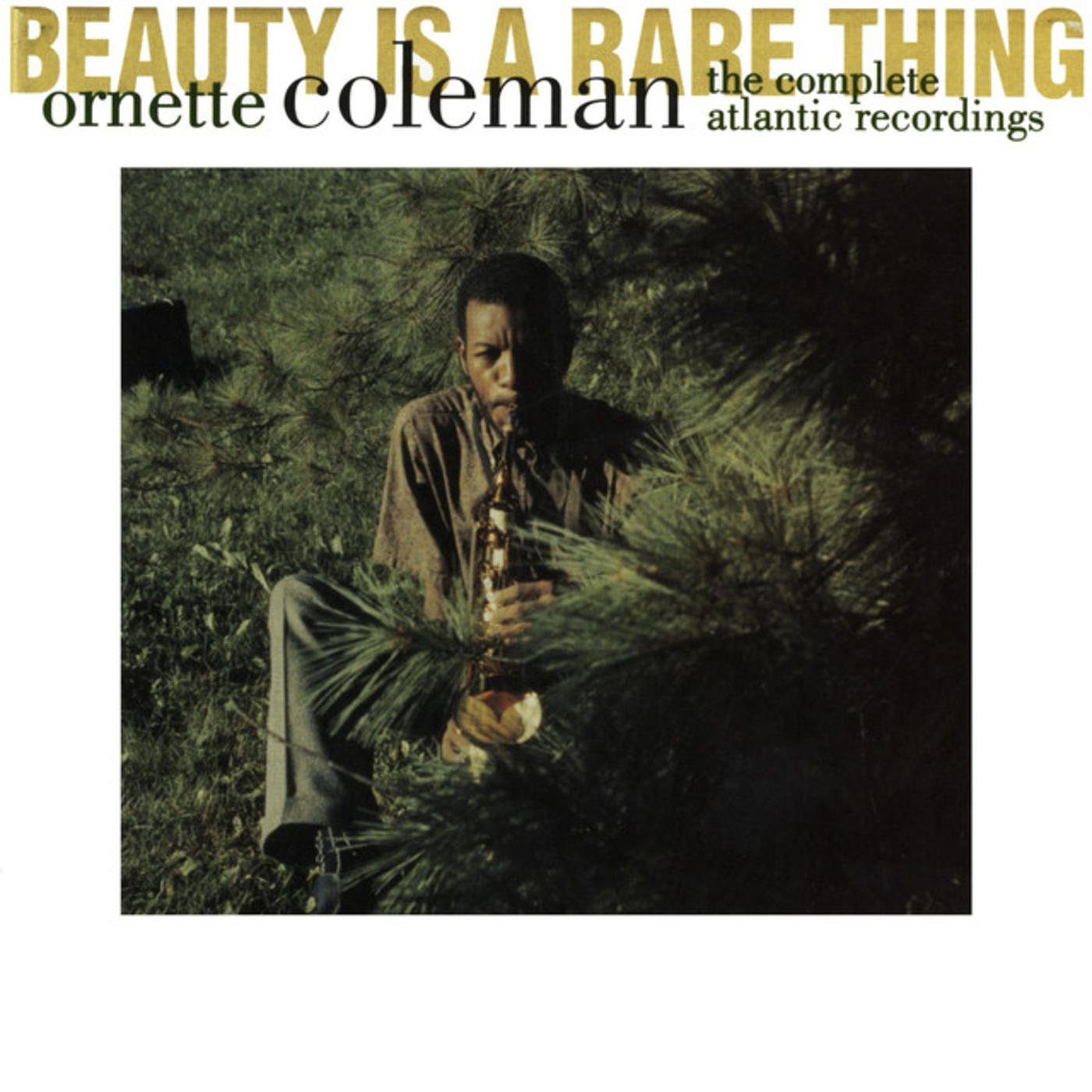Mono Mondays: Ornette Coleman, The Shape of Jazz to Come

It hasn’t been so terribly long ago that we shined the spotlight on this week’s Mono Monday release, but since it’s such a classic jazz album that it’s actually enshrined in the National Recording Registry, you could do a lot worse than reading about Ornette Coleman’s The Shape of Jazz to Come a second time. Since we wrote that initial piece, however, there’s been a rather depressing development: on July 11, Coleman’s bassist on the album, the legendary Charlie Haden, passed away at the age of 76.
Back in 2006, Haden was interviewed by the television series Democracy Now! about various aspects of his career, and in the course of discussing his work with Coleman, he was posed a question about the origins of this particular album’s title.
“That was Ornette’s title, and he always had this — you know, this vision,” said Haden. “He’s a real visionary in his music, and he has these great titles to his songs and to his albums, and so The Shape of Jazz to Come… That’s what it was. There were several revolutions, changes in the world of jazz, you know. Louis Armstrong and some other people started it out, and then there was the swing era with the big bands, and then Charlie Parker and Dizzy Gillespie came along and created bebop on 52nd Street in the ’40s. That was a revolution in the language of jazz. And then when Ornette and Don (Cherry) and I and Billy (Higgins) came to New York, that was the next one.”
As far as the actual contents of the album, we’re going to circle back to what we wrote last time, as it sums things up quite nicely:
“The album kicks off with ‘Lonely Woman,’ which is probably the most-covered song – or certainly one of ‘em – in Coleman’s back catalog, with the Kronos Quartet, John Zorn, Joshua Redman, and Brad Mehldau among those who’ve tackled it, not to mention the vocal versions recorded by folks like Margo Guryan and Freda Payne. Beyond that, you’ve got ‘Eventually,’ ‘Peace,’ ‘Focus on Sanity,’ ‘Congeniality,’ and ‘Chronology.’ Put ‘em all together, and the end result is an album that appears on Rolling Stone’s 500 Greatest Albums of All Time and is viewed by The Penguin Guide to Jazz as a four-star effort, as well it should be.”
Before we wrap up and send you off to buy yourself a swell new mono copy of The Shape of Jazz to Come, we just wanted to comment on the opening line in the Rolling Stone write-up for the album on that 500 Greatest list: “Coleman's sound was so out-there, one audience at an early gig threw his sax over a cliff.”
Yes, it sounds like an apocryphal tale, but not only is it true, but Coleman referenced in a 2006 interview with Jazz Times, and in a context which makes for as wonderful a closing line here as it did there:
“I’ve had musicians come up to me and say, ‘You can’t play like that,’” said Coleman. “They took my horn and threw it over a cliff. I mean, it’s been a long time; they’re not doing that now. But I didn’t understand: How would he know if he didn’t hear me play? I don’t want to play like I played last night! But that’s not what he meant. What’s really come to be true is that every race on the planet of life can play any way they want to play, without having to please someone else just to get an opportunity to be heard. And I’m so glad: whatever caused that to happen, I hope it gets better.”

